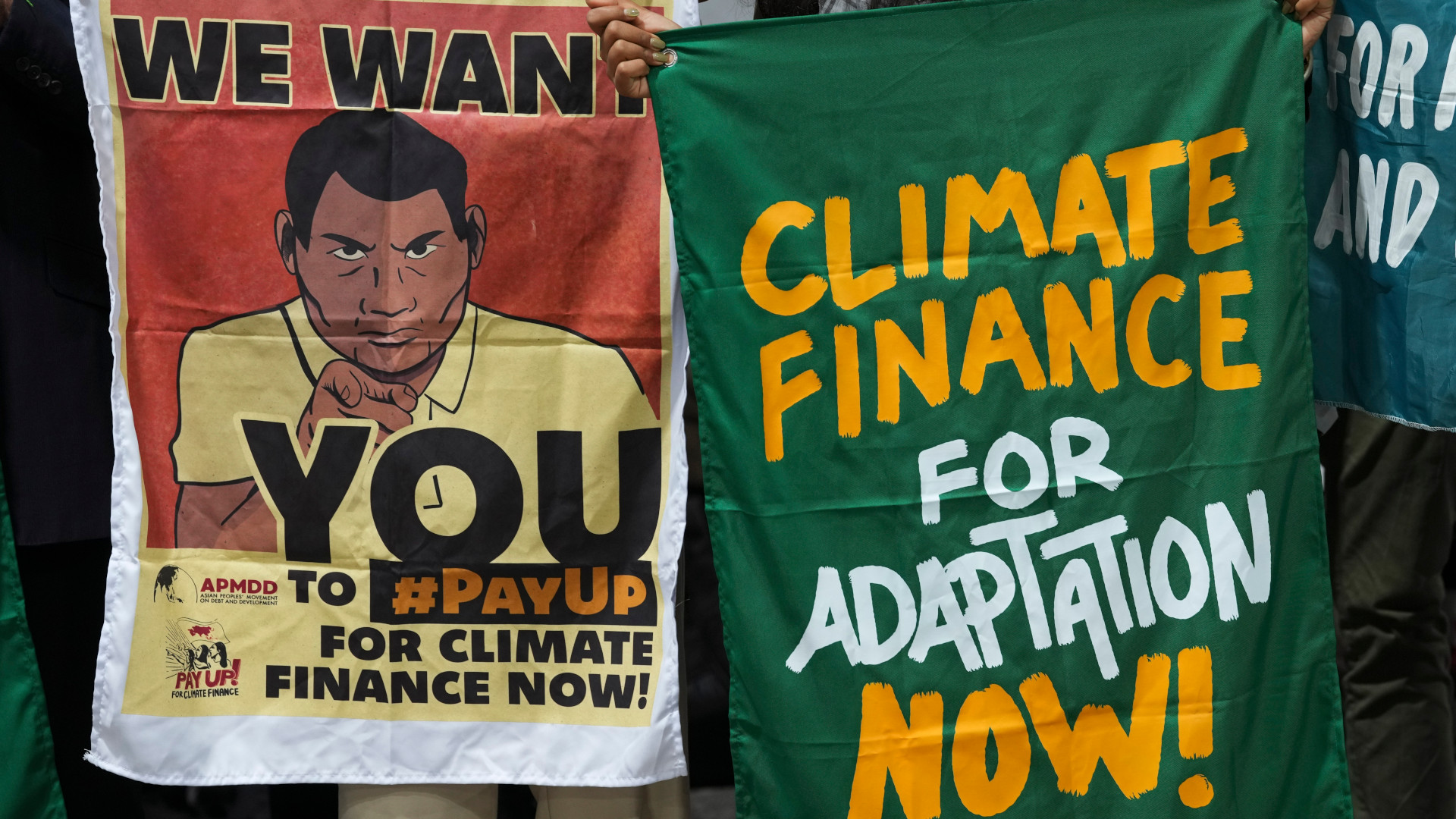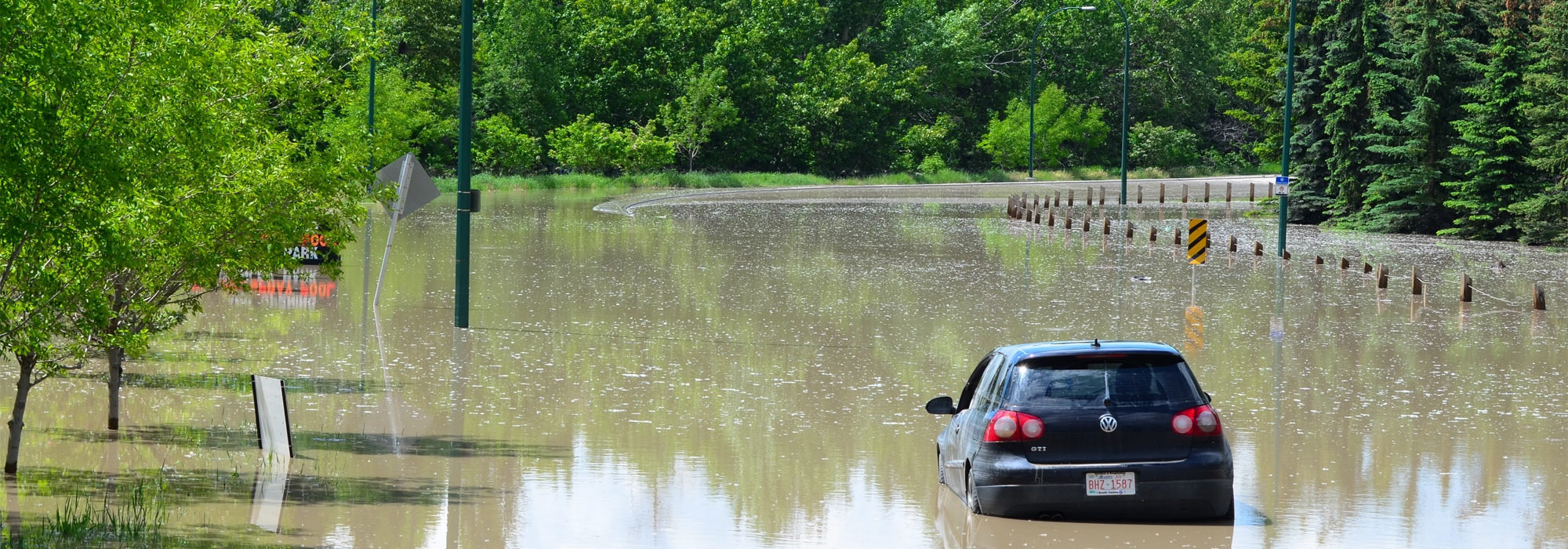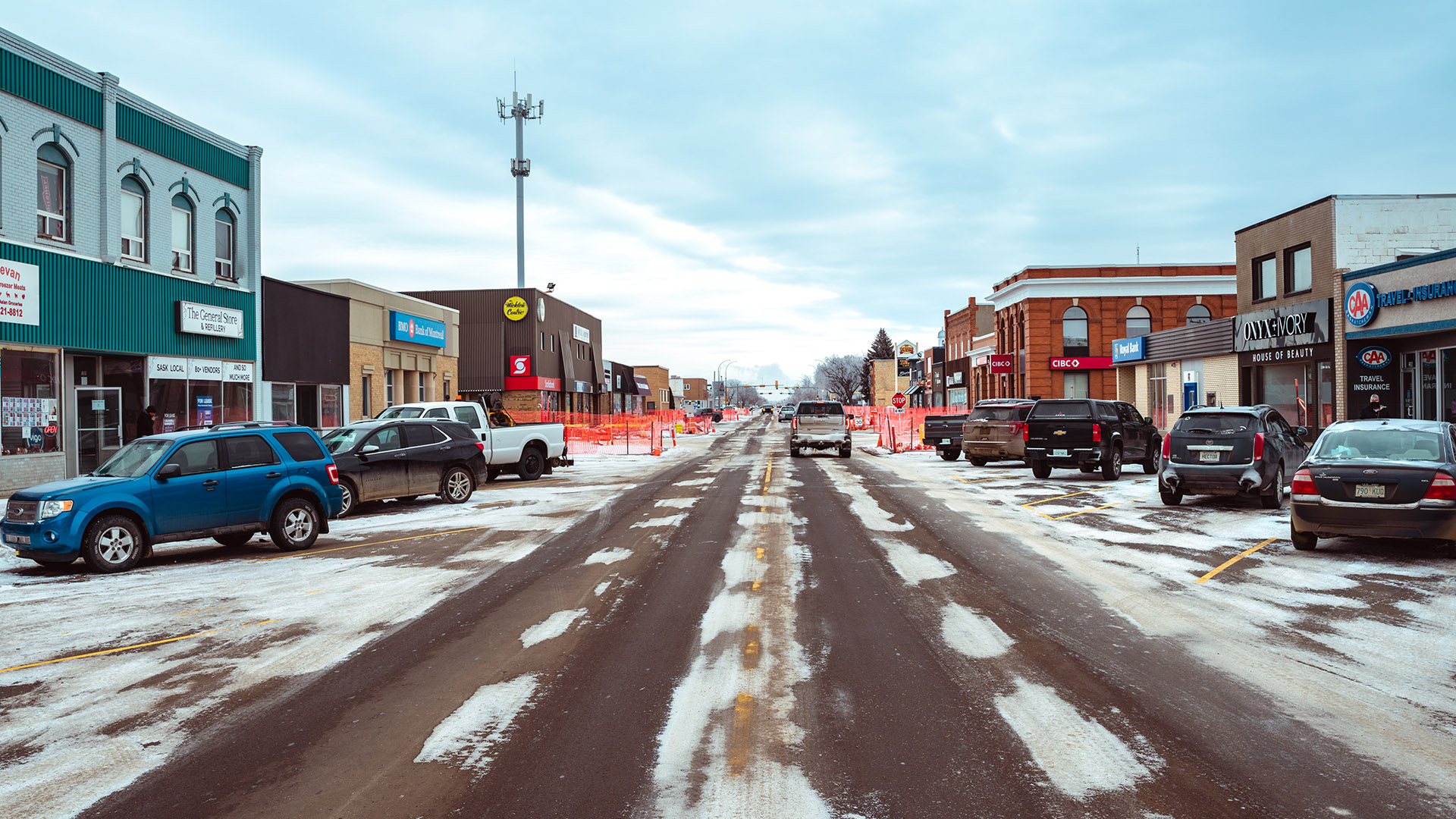
Canada has made substantial commitments to adapt to climate change and extreme weather events, as evidenced by its signing of the Paris Accord, and by the establishment of the Pan-Canadian Framework on Clean Growth and Climate Change and the Platform for Disaster Risk Reduction of Public Safety Canada. So, on a number of fronts, it would seem that Canada is on the right path to counter the unremitting impacts of flooding, heat waves, forest fires, ice storms, permafrost loss and a litany of other extreme-weather perils.
But despite these praiseworthy commitments, we must ask whether Canada is adapting fast enough to keep pace with the growing challenges of climate change. In other words, is Canada’s adaptation deficit growing? Three extreme weather challenges drew attention during 2018 — flooding, extreme heat and forest fires — and this article looks at these events in light of this adaption deficit.
The costs associated with flooding in Canada are on an upward curve. According to the Insurance Bureau of Canada, property and casualty insurable losses jumped from an average of $405 million per year between 1983 and 2008 to $1.8 billion between 2009 and 2017 (figure 1). Flooding contributed to this increase more than any other factor.
It is apparent that, relative to flood risk, Canada’s adaptation deficit is growing. However, Canada is neither complacent nor idle in efforts to reverse this trend. With support from the National Research Council and the Standards Council of Canada, a new Canadian Standards Association residential basement flood risk guideline was released in 2018. This guideline will assist home inspectors and buyers to identify and correct deficiencies that might otherwise result in basement flooding. Additionally, two other new guidelines will be released in 2019. The first will focus on flood risk mitigation applied to new community development, and the second will address best practices to lower flood risk in existing communities.
The federal government deserves credit for supporting these flood mitigation guidelines. But guidelines are not a solution in and of themselves: they require enforcement. All governments — federal, provincial, territorial and municipal — need to enforce adoption of these guidelines. Business sectors, such as insurers, are playing their part to encourage uptake of the guidelines, through premium adjustments that account for flood risk mitigation. Major banks will be the next to follow, as these lenders will move to shave basis points from mortgages for residential properties that have applied flood risk measures.
Extreme heat is another evolving and prominent climate change challenge. Tragically, during a heat wave in Quebec during the summer of 2018, approximately 90 people died. Those who lost their lives were mainly elderly people, those with pre-existing respiratory conditions and homeless people. As unpalatable as the deaths of 90 people may be, had Quebec been hit by a major electricity outage that knocked out air conditioning, the number of deaths would have been in the hundreds, if not thousands.
Regarding heat risk, Canada’s adaptation preparedness is already in deficit. What does the future portend for extreme heat events? For the Greater Toronto Area, for example, Toronto’s Future Weather and Climate Driver Study (2012) made the following projections: over the period 2010 to 2040, maximum daily temperature will increase from 37°C to 44°C, the number of hot days (over 30°C) per summer will increase from 22 to 65, and heat waves (three consecutive days in excess of 30°C) will increase from 0.6 to 2.5 per season.
Many actions should be taken in anticipation of the new normal of extreme heat that Canada will experience, but so far there has been little to no preparation. For example, just as heating and plumbing are standard features of single-family residential housing, perhaps cooling centres should be incorporated into the design of multi-residence housing units. In high-rises, backup power to run elevators during an electricity outage should be mandatory for periods of 24 to 48 hours, to ensure that vulnerable people are not left stranded above the sixth floor, where running water and air conditioning will not function. Within cities, heat island effects could be partially offset by cool-roof applications and by greater preservation of tree canopies; neither of these measures is cost prohibitive. Canada does issue extreme heat advisories that discourage strenuous outdoor activities. During such events, social service groups could be organized to check on vulnerable populations, to help ensure that no one is left unattended and at risk.
Given the projected magnitude of future heat waves — and in light of recent heat-related deaths in Quebec — more should be done to close the extreme heat adaptation deficit.
Finally, forest fires scorched large swaths of Canada in 2018, particularly in Ontario and British Columbia. Such large-scale fires are not new, as seen in Fort McMurray in 2016, and prior to that in Slave Lake in 2011. Recognizing that fire in forested communities is both pervasive and life threatening, preparedness to limit fire risk is paramount.
Canada does have the fundamental tools to address wildfires in the wildland-urban interface, as developed by FireSmart Canada, which has grown to include 175 member agencies since its formation in 1990. FireSmart practices are directed to reducing loss of life and property from forest fires by, for example, building fire breaks around vulnerable communities and ensuring that houses are built with fireproof shingles, siding and decking.
Again, from the perspective of adaptation, Canada is taking steps to limit fire risk in communities in forested regions. However, deployment of the FireSmart program has been limited at best. Federal, provincial and territorial governments need to commit to prioritizing communities that are in need of FireSmart application and to deploying the program as soon as possible.
Actions consistent with commitments Canada has made internationally and domestically to adapt to climate change are in place. Because of increasing climate perils like flood, extreme heat and forest fires, Canada should begin to track and report publicly on adaptation efforts. Through transparent reporting of the adaptation deficit, Canada can reverse direction to avoid the damaging consequences of climate perils and manage the realities of climate change.
Photo: Shutterstock, by mmckinneyphotography.
Do you have something to say about the article you just read? Be part of the Policy Options discussion, and send in your own submission. Here is a link on how to do it. | Souhaitez-vous réagir à cet article ? Joignez-vous aux débats d’Options politiques et soumettez-nous votre texte en suivant ces directives.








